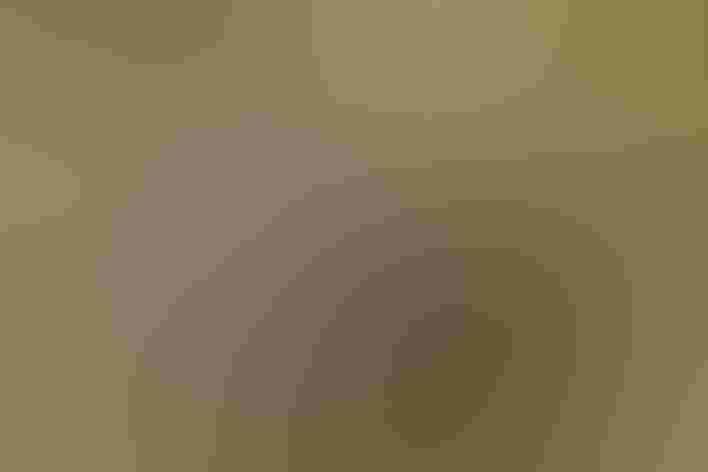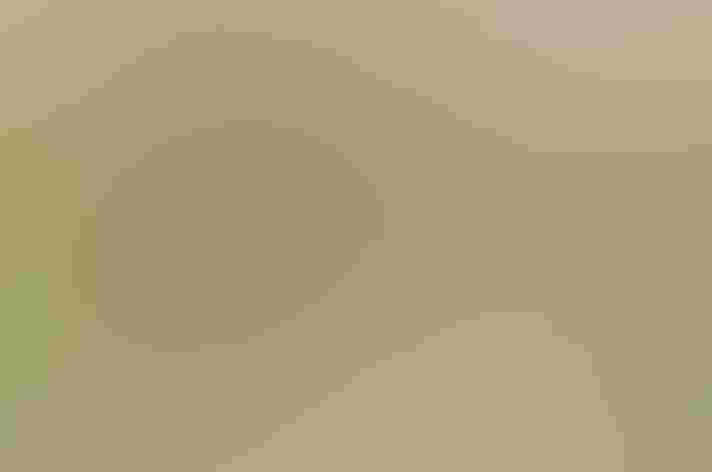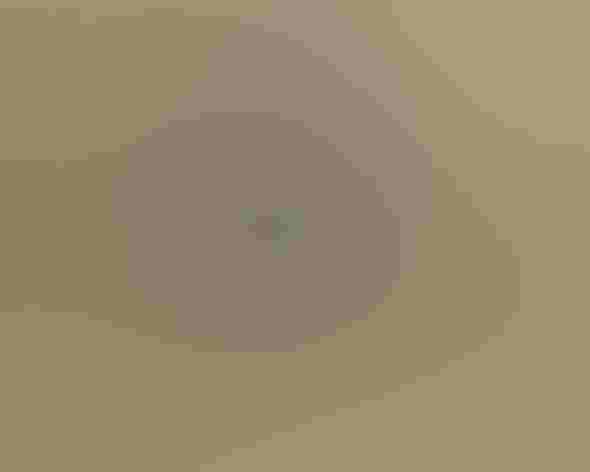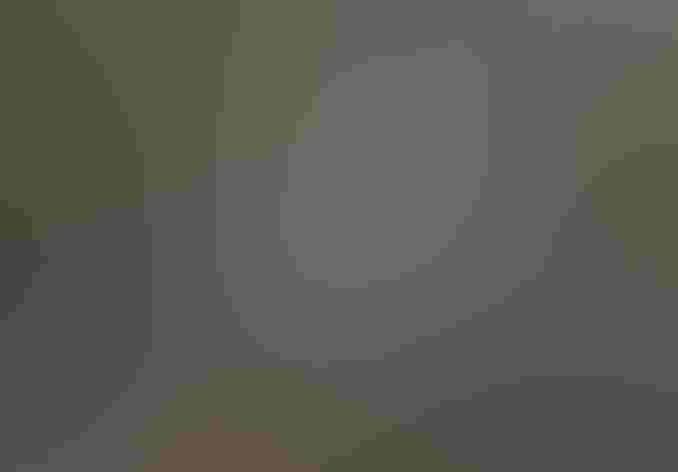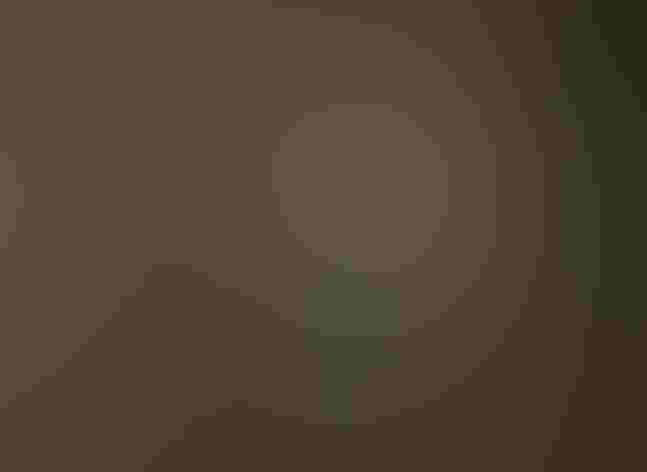Sora
At a Glance
The Sora makes its presence known with plaintive whistles and whinnies rising from the marshes all across North America. Despite its abundance, it is not often seen: As with other rails, it spends most of its time hidden in dense marshy growth or wet meadows. Occasionally it will walk about in full view at the edge of a pond, delighting any birders who happen to be nearby. Although Soras might seem like weak fliers when seen fluttering over the marsh, they regularly migrate long distances, many going to South America for the winter.
All bird guide text and rangemaps adapted from Lives of North American Birds by Kenn Kaufman© 1996, used by permission of Houghton Mifflin Harcourt Publishing Company. All rights reserved.
Category
Chicken-like Marsh Birds, Rails, Gallinules, Coots
Conservation
Low Concern
Habitat
Coasts and Shorelines, Fields, Meadows, and Grasslands, Freshwater Wetlands, Saltwater Wetlands
Region
Alaska and The North, California, Eastern Canada, Florida, Great Lakes, Mid Atlantic, New England, Northwest, Plains, Rocky Mountains, Southeast, Southwest, Texas, Western Canada
Behavior
Flushes, Running
Population
4.400.000
Range & Identification
Migration & Range Maps
Large numbers may gather in some marshes in late summer and early fall, feeding and building up fat reserves before migrating south. Apparently migrates mostly at night. Readily crosses bodies of water such as Gulf of Mexico, Caribbean Sea.
Description
8-10" (20-25 cm). Chunky and short-billed. Adult has black face contrasting with rich brown back, gray chest, yellow bill. Juvenile lacks black face and is buffier below, sometimes mistaken for the rare Yellow Rail.
Size
About the size of a Crow, About the size of a Robin
Color
Black, Brown, Gray, Tan, Yellow
Wing Shape
Long, Rounded
Tail Shape
Short
Songs and Calls
Most familiar call is a musical series of piping notes rapidly descending the scale; also a repeated ker-wee, with rising inflection. Near the nest, birds utter an explosive keek!
Call Pattern
Falling, Rising
Call Type
Chirp/Chip, Scream, Trill, Whistle
Habitat
Fresh marshes, wet meadows; in winter, also salt marshes. Occurs in a variety of marshy situations, from extensive river marshes to grassy edges of small ponds. Also in damp meadows, and sometimes in tall-grass fields some distance from water. Breeds mostly in freshwater habitat with large stands of cattails, but moves into salt marshes at times, especially in winter.
Sign up for Audubon's newsletter to learn more about birds like the Sora
Behavior
Eggs
10-12, sometimes 6-18. Rich buff, spotted with brown. Number of eggs is large for nest, so eggs are sometimes arranged in two layers. Incubation is by both sexes, 18-20 days.
Young
Because incubation begins after first few eggs are laid, eggs do not hatch at same time; one parent may care for downy hatchlings while other continues to incubate remaining eggs. Young leave nest shortly after hatching, are fed by both parents. Age at first flight 21-25 days.
Feeding Behavior
Forages by picking items from surface of ground, water, or plants; sometimes probes with its bill in mud or among vegetation.
Diet
Mostly seeds, insects, snails. At least at some seasons, feeds mainly on seeds, including those of smartweeds, sedges, grasses, other marsh plants. May feed heavily on wild rice in late summer and fall. Also eats a wide variety of insects, snails, other aquatic invertebrates.
Nesting
Courtship displays by both members of a pair involve ceremonial preening, sometimes bowing, facing toward and then away from each other. Nest site is in dense marsh vegetation, especially cattails, sedges, bulrushes. Nest (built by both sexes) is well-built cup of dead cattails, grasses, other plants, lined with finer material, placed a few inches above water. Often has vegetation arched over top, and sometimes has ramp or runway of plant material leading to nest.
Climate Vulnerability
Conservation Status
Apparently has declined in many parts of range with loss of freshwater marsh habitat. However, still widespread and common.
Climate Threats Facing the Sora
Choose a temperature scenario below to see which threats will affect this species as warming increases. The same climate change-driven threats that put birds at risk will affect other wildlife and people, too.



